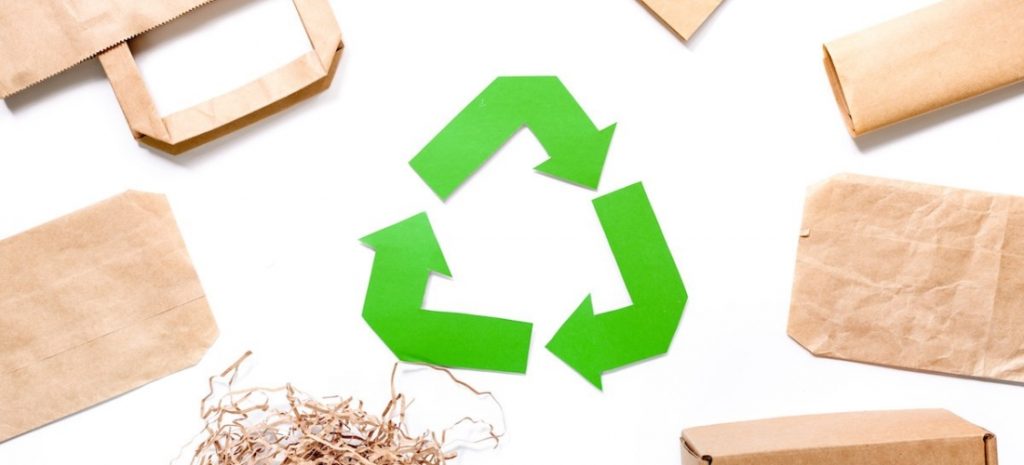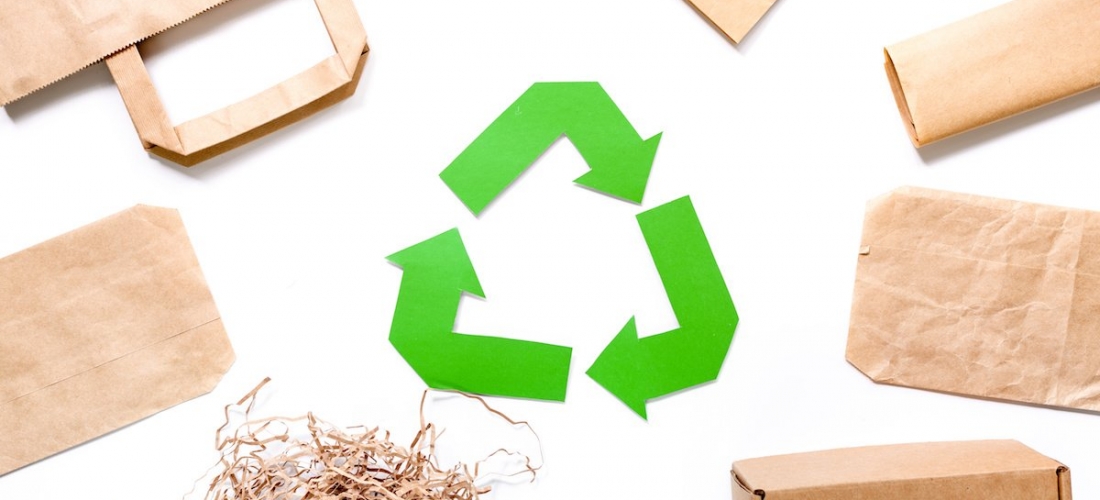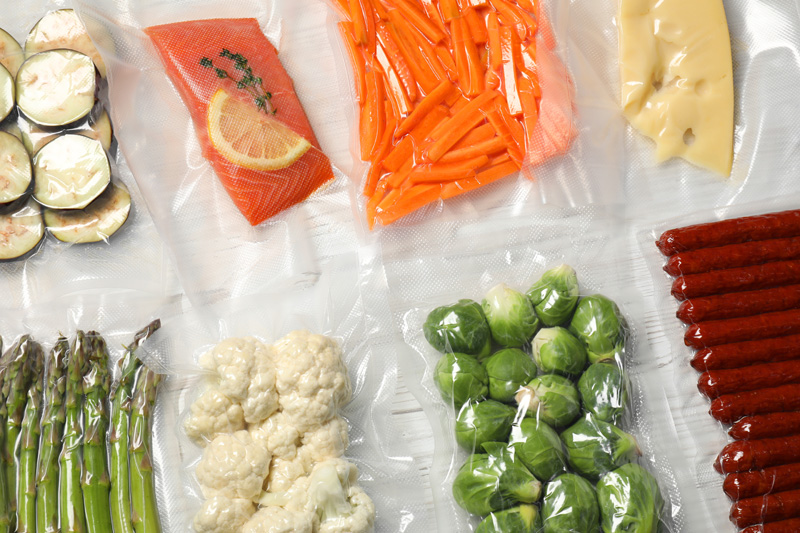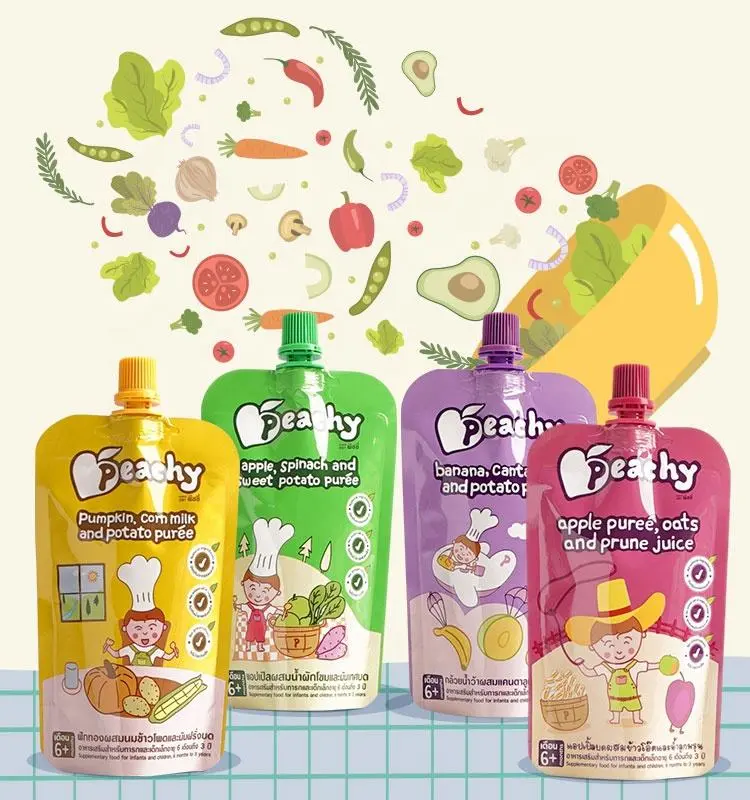
The High Risks of Going Green
Non-recyclable pouches piling up in landfills, confusing eco-claims sending customers away—sustainable packaging solutions are the future, but missteps can backfire. Green packaging and eco-friendly packaging promise a lower environmental footprint, yet businesses often stumble, absorbing added cost, regulatory scrutiny, or consumer doubt. Solving these challenges ensures products not only sell well on shelves but also address the growing demand for sustainability without sacrificing quality or profit.
Problem 1: Misleading Green Claims
Most insidious of green packaging traps is greenwashing—exaggerating or inventing eco-friendly claims. Printing a pouch “recyclable” when it contains non-recyclable foil or plastic layers misleads consumers, inviting criticism. A 2024 consumer survey indicated 62% of shoppers boycott brands caught greenwashing, and regulators like the FTC are cracking down with fines for deceptive claims. A snack brand marketing “100% eco-friendly” pouches, only to concede they’re landfill-bound, loses sales and credibility.
Solution:
Be transparent. Create single-material films, like all-polyethylene pouches, that are widely recyclable and support claims with certifications like How2Recycle. Clearly label disposal instructions, like “Check local recycling” or “Store drop-off required.” Partner with recycling programs to offer multi-layer pouches with a disposal option. A coffee brand changing to certified recyclable pouches with honest labeling could regain trust and attract environmentally conscious consumers.
Problem 2: Ignoring Local Recycling Realities
Not all eco-friendly packaging is recyclable everywhere. Plastic, foil, and paper multi-layer pouches can require special facilities, which are unavailable in most places. Consumers who place these in curbside recycling bins inadvertently condemn them to landfills, frustrating sustainability initiatives. A 2023 waste management report stated that 70% of “recyclable” flexible packaging ends up in landfills due to uneven recycling infrastructure. A pet foods business with complex pouches might receive customer complaints when recycling fails.
Solution:
Research local recycling infrastructure before creating sustainable packaging solutions. Utilize materials that are accepted in widespread curbside programs, like mono-material polyethylene or polypropylene. If multi-layer films are necessary for barrier protection, collaborate with store drop-off programs or mail-back programs. Print recycling instructions clearly on pouches, e.g., “Recycle at store drop-off only.” A snack brand that combines pouches with local recycling infrastructure can reduce landfill waste and boost consumer confidence.
Problem 3: High Cost of Sustainable Materials
Environmentally friendly packaging tends to be more costly. Biodegradable films, recycled plastics, or compostable materials may be 20–50% more expensive than their traditional counterparts, says a 2024 report on the packaging industry. Small businesses or startups launching sustainable packaging products may not be in a position to bear the cost, especially for high-volume products like snacks or cosmetics. A compromise with cheaper, less sustainable materials risks diluting the green initiative.
Solution:
Balance cost and impact. Start with partially recycled films, which are cheaper than 100% post-consumer recycled (PCR) content but still eliminate virgin plastic. Test small batches to optimize material thickness—thinner films reduce cost without impacting durability. Investigate government grants or incentives for sustainable packaging, which in most regions are accessible. A drinks brand testing thinner, recycled pouches can save 15% cost without sacrificing eco-credentials, which makes sustainability feasible.
Problem 4: Compromising Product Protection
Sustainability needn’t come at the cost of quality, but flexible packaging problems arise when eco-friendly materials fail to perform. Biodegradable films can degrade too quickly, letting air or water ruin products like coffee or supplements. Compostable pouches can’t have the strength to withstand shipment, leading to punctures. A sauce company using flimsy compostable pouches can suffer leaks, spoilage, and a flood of customer complaints.
Solution:
Prioritize performance. Select sustainable materials with established barrier properties, like bio-based polyethylene for moisture resistance or EVOH-layered films for oxygen protection. Subject pouches to real-world conditions—freezing, humid storage, or rough transit—to ensure they hold up. For example, a jerky company could use a bio-based, high-barrier pouch to stay fresh for six months, the same as traditional films. Work with suppliers to balance sustainability and durability, maintaining protection from warehouse to consumer.
Problem 5: Inadequate Consumer Education
Even the most environmentally friendly packaging is a failure if consumers don’t know how to dispose of it. Lack of or poor labeling and instructions leads to incorrect recycling or composting, nullifying environmental benefits. A 2024 sustainability report found 55% of consumers incorrectly recycle non-recyclable pouches due to inadequate instructions. A beauty company with compostable sachets can see them go to landfill if consumers don’t understand home versus industrial composting requirements.
Solution:
Educate actively and well. Print clear, bold disposal instructions on pouches, like “Compost in industrial facility” or “Recycle curbside.” Use QR codes that link to recycling instructions or videos explaining the process. Put FAQs on product websites to demystify disposal methods. A skincare brand that includes QR codes and clear labels on its compostable pouches can increase correct disposal by 30%, developing its green reputation.
The Ripple Effects of Failure
Flexible packaging sustainability mistakes have far-reaching consequences. Greenwashing annihilates trust—68% of shoppers would switch brands after discovering misleading eco-claims, a 2023 survey found. Non-recyclable pouches are among the 8 million metric tons of plastic waste that flow into oceans annually, a 2024 environmental study found, hurting a brand’s reputation. High-cost materials with no performance eat into profits, with small businesses losing up to 10% of margins on failed packaging trials. Poorly protected products lead to returns, with 15% of online food sales having been impacted by spoilage, based on industry estimates. Disappointed consumers may abandon green brands altogether, grinding the shift to sustainability to a halt.
Conversely, solving these issues brings rewards. Brands with crisp, functional sustainable packaging solutions see loyalty spike—73% of millennials spend more on green products, a 2024 consumer study finds. Recyclable pouches reduce waste management costs, saving businesses up to 5% annually. Durable, sustainable designs increase shelf presence, with 65% of consumers favoring clear, sustainable packaging, retail research finds. Avoiding pitfalls isn’t just damage control—it’s a path to market leadership.
A Roadmap to Success
Solving green packaging dilemmas requires strategy. Here’s how to create an effective sustainable packaging strategy:
- Begin with Data: Examine the product’s requirements—shelf life, storage, and weak points. Coffee needs oxygen barriers; spices require moisture protection. Utilize material specifications such as OTR (oxygen transmission rate) to inform decisions.
- Test Extensively: Perform small-scale testing to ensure durability, recyclability, and consumer response. A frozen food manufacturer can pilot test bio-based pouches for puncture resistance, avoiding costly recalls.
- Inform Consumers: Give clear labeling, QR codes, or website details to educate disposal. A beverage company with recyclable pouches can include a recycling guide, increasing proper disposal by 25%.
- Leverage Partnerships: Work with suppliers to source low-cost, high-performance materials. Collaborate with recycling programs to offer multi-layer pouches with an end-of-use stream.
- Stay Compliant: Adhere to standards like the FTC’s Green Guides or EU’s Packaging Waste Directive to avoid fines. Incorrectly labeling a pouch as compostable when it is not certified can result in fines.
- Optimize Costs: Use thinner films or partial PCR materials to achieve a balance between sustainability and cost. A cosmetics company can reduce costs by 12% through optimization.







